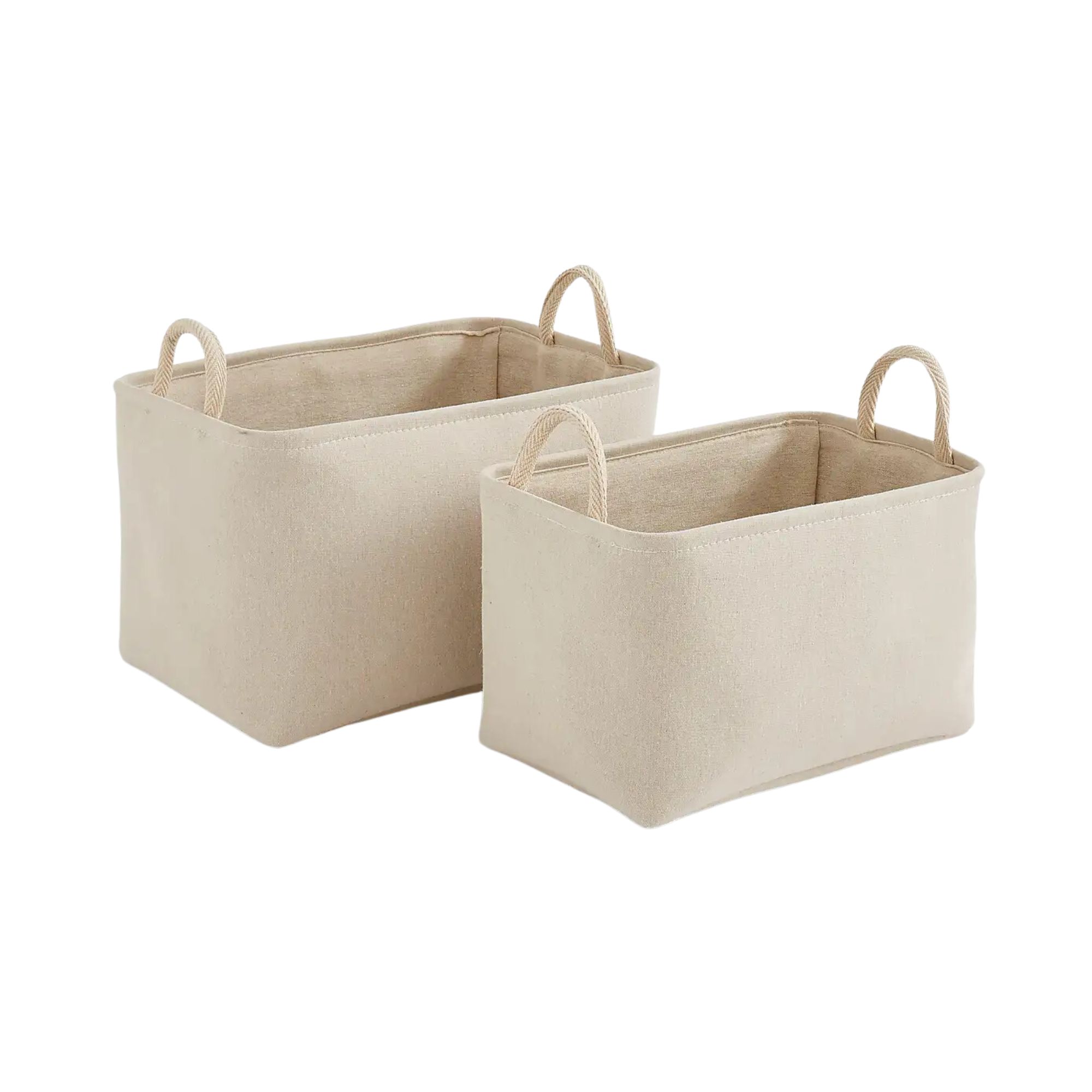8 tricks professional organisers swear by to achieve a clutter-free space in just 30 minutes
Pros always do these things to transform a room fast

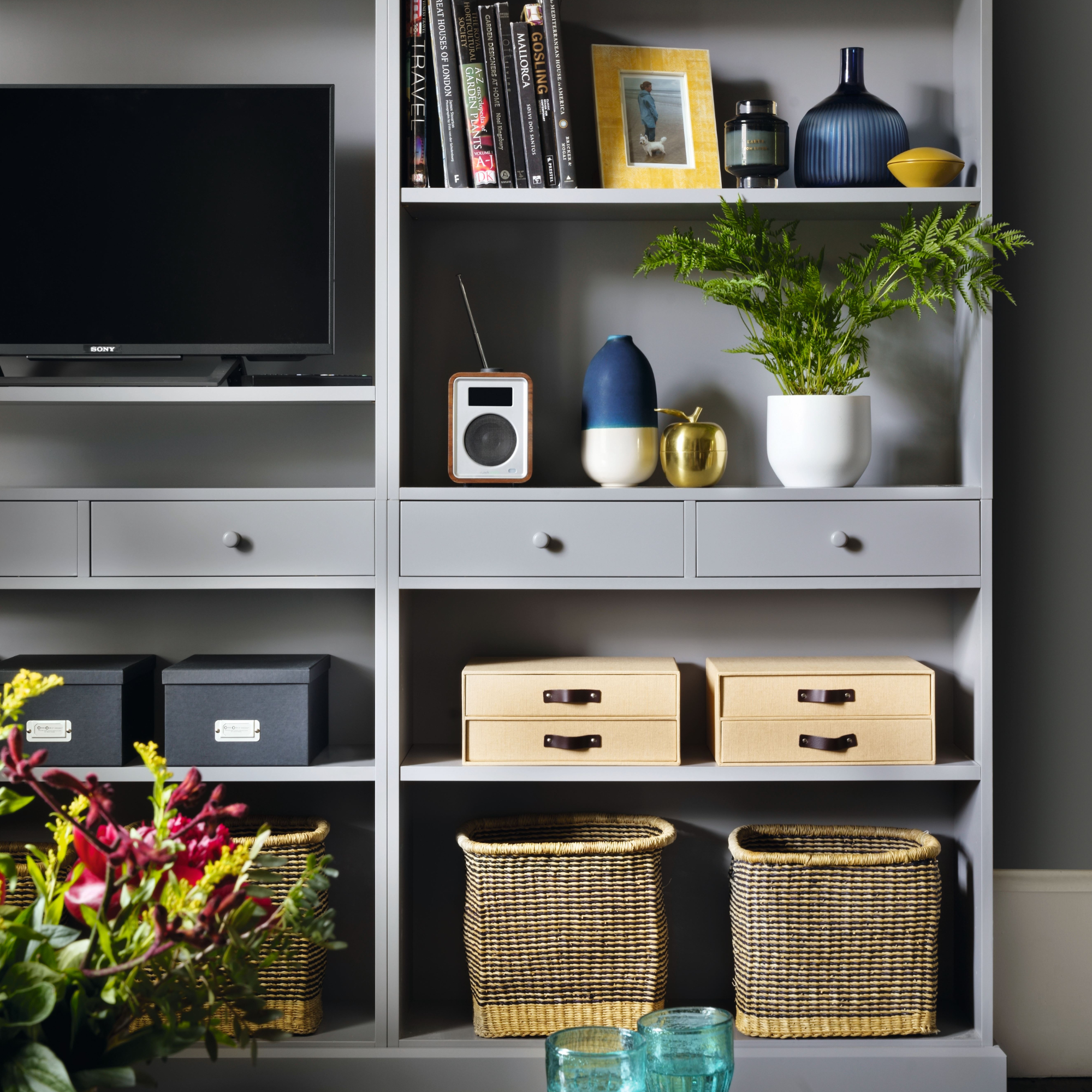
Sometimes the craziness of life can take over, leaving your home looking a little rough around the edges. If you've got mounds of clutter lying around that are overdue a thorough tidy, the good news is that setting aside 30 minutes out of your day to declutter can be all you need to see a significant difference.
Among the many decluttering methods out there, some of the most popular ones include timed solutions; such as the 10-minute decluttering sprint and the 1-hour cleaning method. These utilise the concept of a countdown to motivate you to stay on task and break down an overwhelming mound of 'stuff' into smaller, bite-sized pieces. Learning how to declutter a room in 30 minutes is a strong middle ground if you don't quite have 1 hour to spare, but want to make a bigger impact than you can achieve in 10 minutes.
'A thorough declutter can take time, but quick and regular decluttering sessions can make it feel more manageable and more likely for you to get the job done,' begins Laura Price, founder of The Home Organisation.
To help you get started, we've asked professional organisers and decluttering experts for their top tips and recommended areas to tackle to ensure you get the most out of your 30 minutes.
1. Decide which area is causing the issue
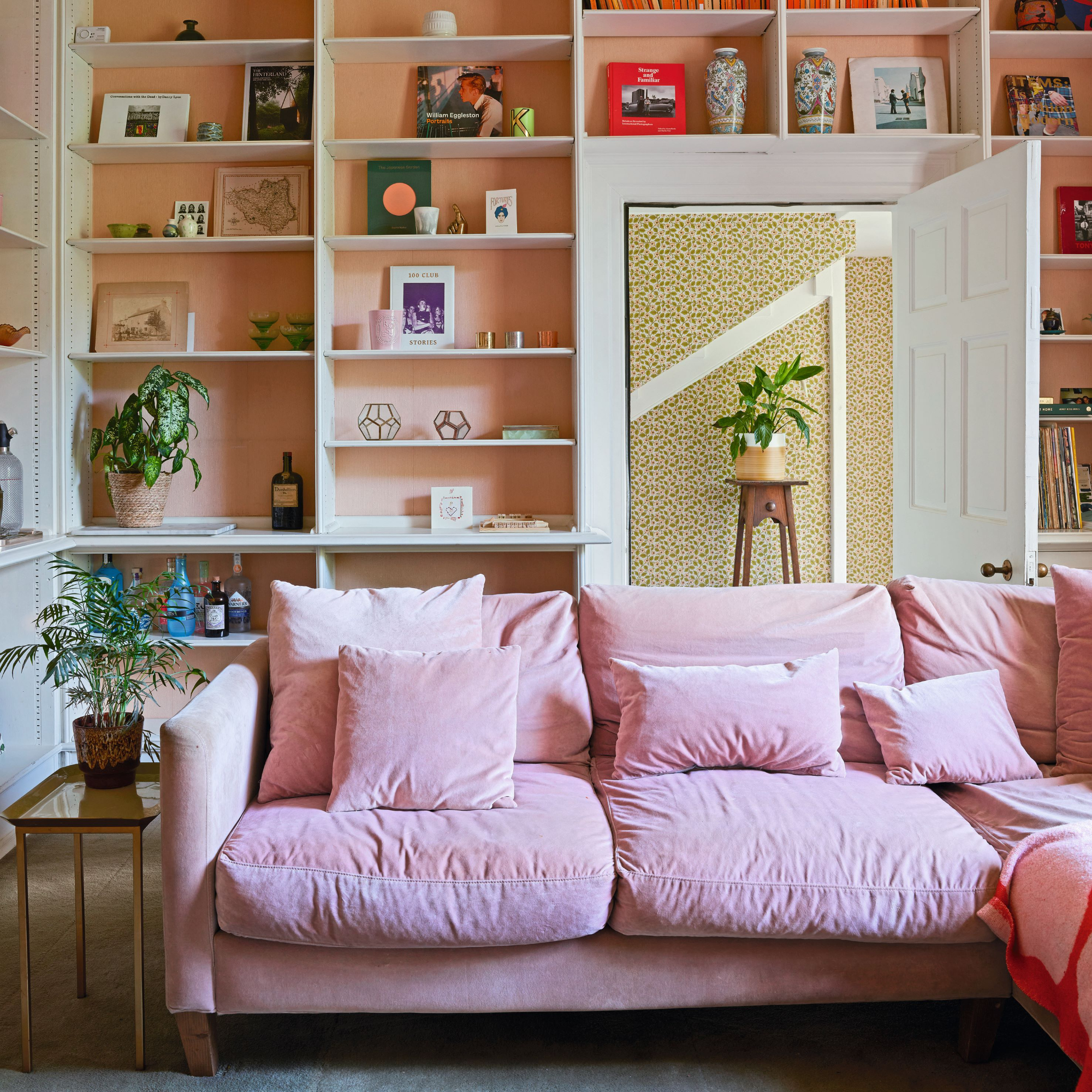
Before even getting started, you should identify which area in your decided room is causing the issue. 'Often it is not the entire room that is cluttered, even if we feel it is,' says Shannon Murphy, professional organiser and founder of Simpl Living Co. 'When we look more carefully, it is normally flat surface clutter or a corner within a room that is making everything look messy.'
Seeing as one of the many rules for a clutter-free home is to keep surfaces free from unnecessary clutter, it's true that simply paying a few moments to assess what you really need on a surface can instantly cut the pile in half.
'Do you need to clear the top of the side board? Is a toy storage basket overflowing? Do you have a chair that is overflowing with clothes?' Focus on these areas first.
Sign up to our newsletter for style inspiration, real homes, project and garden advice and shopping know-how
2. Start with visible clutter
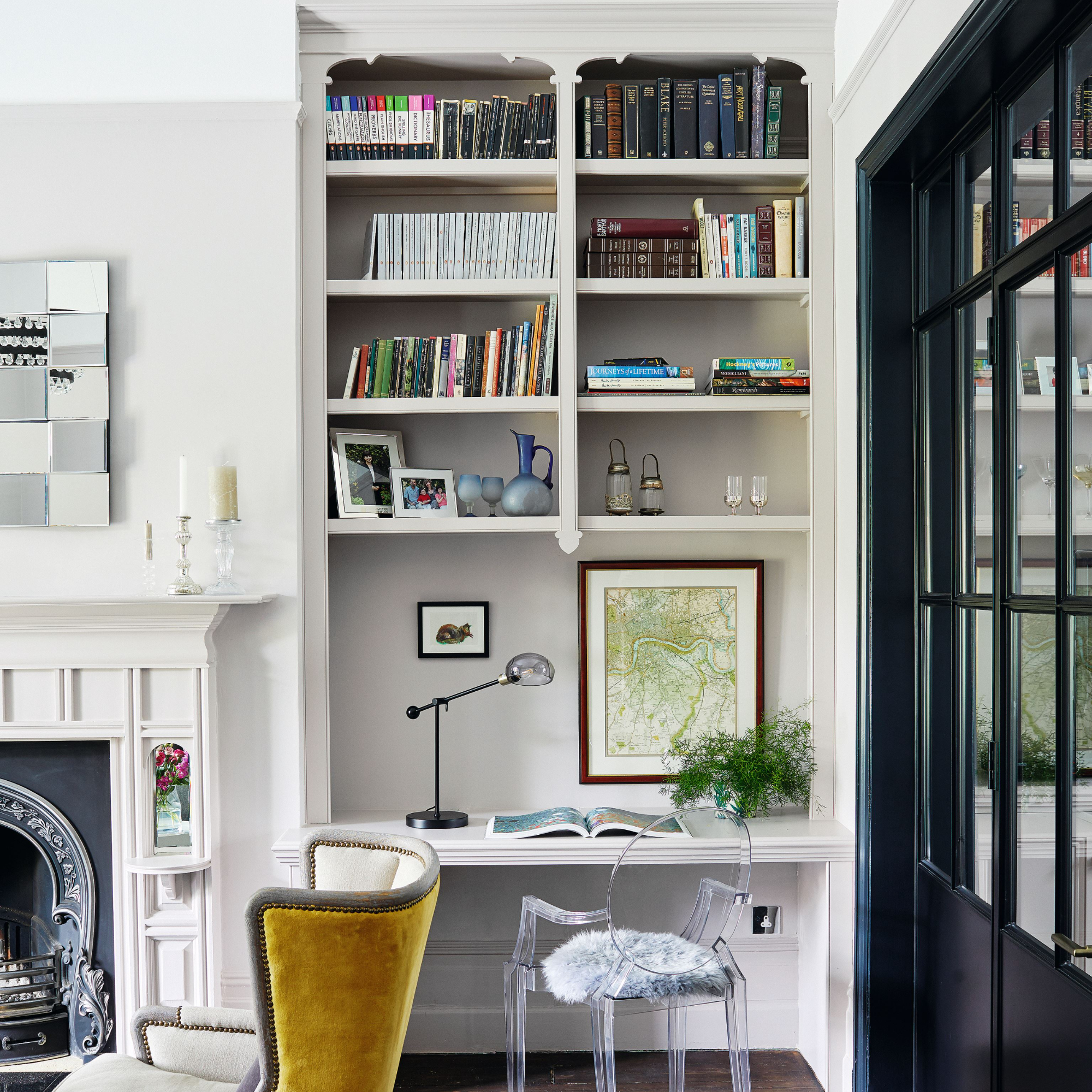
Following on nicely from the first point, now you've identified which areas are causing you the most issues, it's time to tackle them. 'Even if you're not ready for a full deep dive into decluttering, just regularly giving yourself 30 minutes to whizz around a space and throw out the obvious rubbish will start to make a difference,' says Laura.
'Chuck out broken toys, old magazines, junk mail, etc. One the volume has reduced, it's easier to work on the trickier bits.' Often, so much of the clutter surrounding us no longer serves any purpose and will eventually just end up in a junk drawer somewhere, so it's best to rid your space of them while it's early.
3. Let go of empty and unused containers

Like throwing out the obvious rubbish, you should also take this moment to check through any empty boxes and bottles you've got lying around that you've 'saved for later' but have since just sat there.
'Dig through your bathroom, kitchen, living room, and storage cupboards and get rid of anything simply taking up space,' advises Sofia Vyshnevska, housing expert and co-founder of NewHomesMate. 'Old shoe boxes? Bin. That almost empty bottle of facial cream that has sat on the sink for months? Bin. The lifetime supply of disposable shopping bags that you never use? Bin.'
4. Check expiry dates
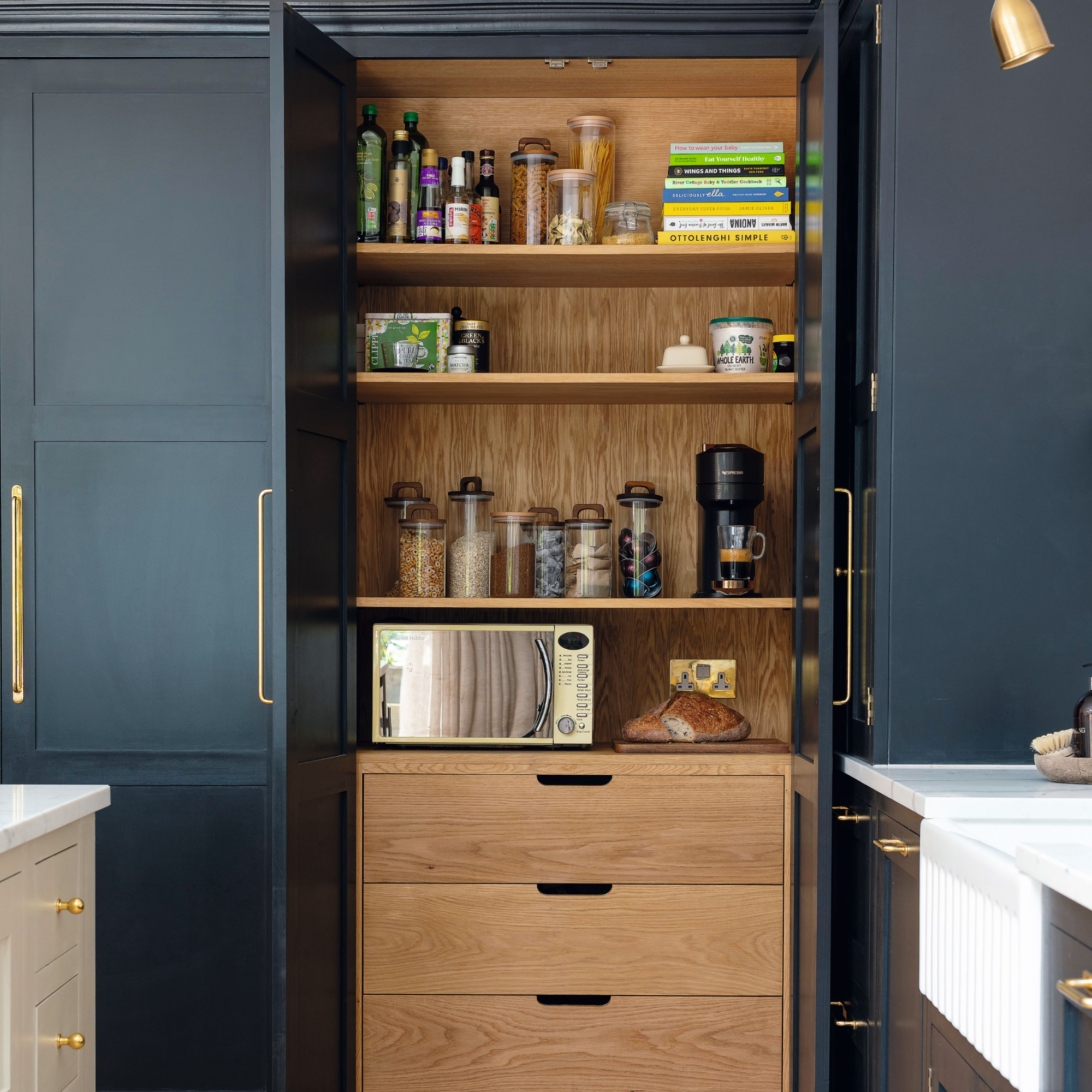
Although it's easy enough to keep on top of keeping an organised fridge and regularly checking it for food that's gone bad, are you doing the same with your cupboards to ensure you're keeping an organised pantry? Although they're filled with 'non-perishable' goods, you should still check on them from time to time, because even that open packet of pasta won't last forever – and this extends beyond just the kitchen.
'You'll be surprised just how many products in our homes expire, so check your medicine cabinet and makeup drawers too while you've got the decluttering bug, and throw anything out of date – especially if they've sat through a summer or two,' advises Sofia.
5. Use the 'three bag' method

As far as decluttering methods go, when you only have 30 minutes to declutter a room as efficiently as possible, the three bag method will be you best friend.
'Get 3 bin bags; one for charity, one for rubbish, and one for recycling. This will help you keep the items you are decluttering organised and get everything removed quickly and easily,' explains Shannon.
We've tried the four box decluttering method which follows a similar idea (a box for items to keep, store, donate, and bin), so really, you could use whatever boxes or bags you've already got lying around to cut the clutter.
6. Or, try the 'empty box' method
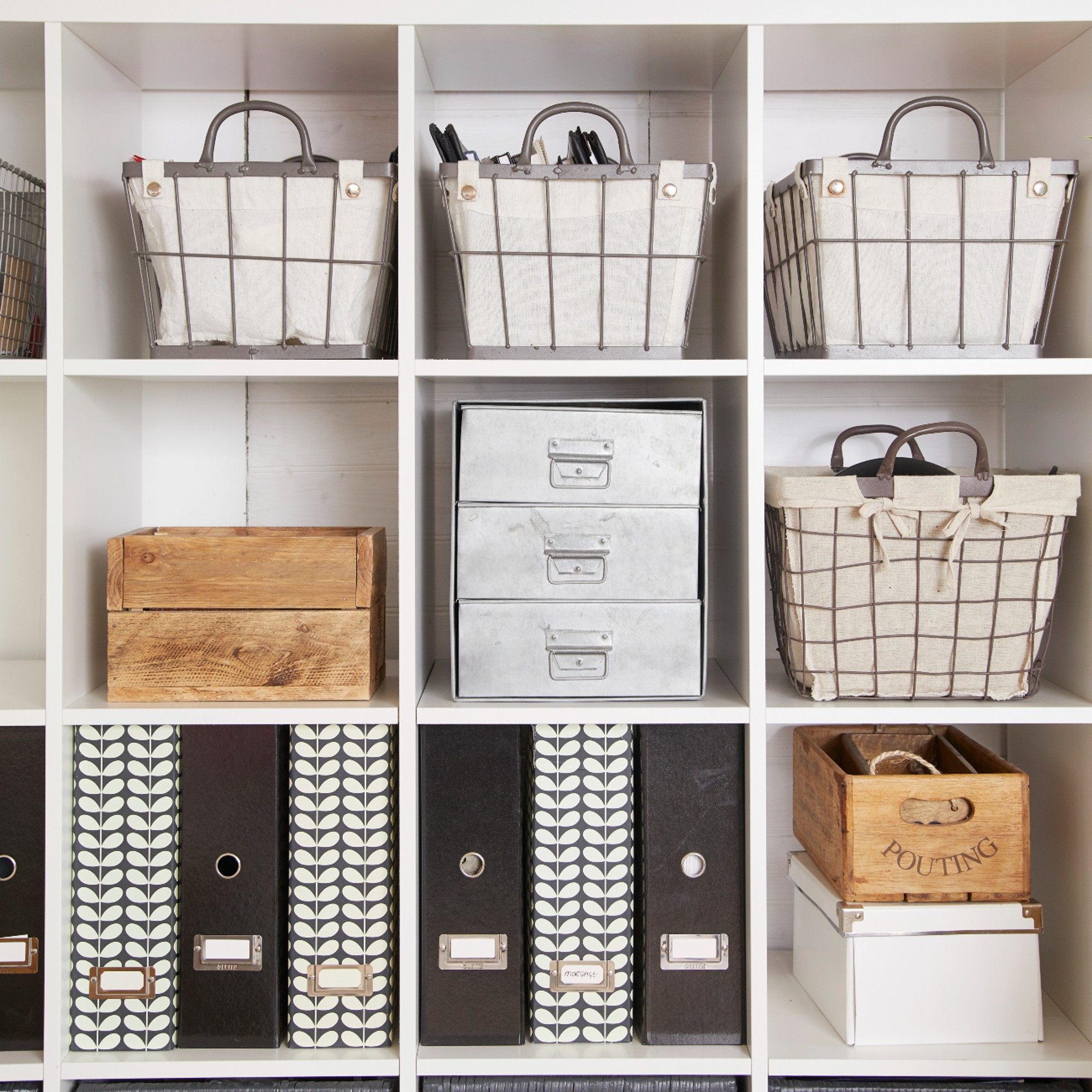
For another decluttering solution that works perfect for 30 minute decluttering sprints, try the 'empty box' method. One of the biggest challenges we face with trying to organise and declutter is overthinking and being too sentimental over every little thing (even if it no longer serves you).
So, have a go at this: 'Grab an empty box and spend 10 minutes in each room sorting through the stuff you hardly use. Don't overthink it. Just do it, then hide the box out of sight for a few months,' explains Sofia. 'Because you're not consigning your possessions to the scrap heap, emotion is less likely to cloud your decisions. Once you finally open the box, you'll realize you've already forgotten about half the stuff in there — and it will be far easier to throw it away.'
7. Let go of any guilt

It's natural to feel guilty about letting go of things because you've either spent a lot of money on them or have had someone gift you these items; however, Laura puts it into perspective for us. 'The money isn't coming back, and a gift is no good if it's hidden in the back of a cupboard. Holding on to those things because you feel you should is only cluttering your home and adding stress to your life in other ways.'
You need to allow yourself to let go of the guilt to tap into decluttering more mindfully. 'Learn from any purchasing mistakes, and give yourself permission to say no to hand-me-downs if you don't want them,' adds Laura. Learning to say no is one of our top tips for decluttering toys, and it definitely feeds into your other belongings, too.
8. Consider versatile storage

After completing your 30 minute declutter, having proper organising systems in place for the items you chose to keep on this occasion is key to prevent yourself from hoarding things to a similar extent again.
'Look at versatile storage that will hide the products you're keeping but keep them easily accessible – like in the hallway, baskets for hats and scarves or trays for keys and post; back of the door storage in the kitchen and coffee tables with storage in the living room,' recommends Simon Glanville, managing director at A Place for Everything.
This will keep your belongings neat and tidy, and hopefully help manage any future clutter that may pile up far easier.
While 30 minutes might not seem like a lot of time, keeping the above tips in mind will ensure you get the most out of this short burst of time you spend decluttering.
Little do you know, just getting stuck into 30 minutes may even leave you inspired to keep going even after the timer runs out. After all, simply getting started is the most important part of any decluttering journey.

Jullia was Ideal Home’s Junior Writer from 2022-2024 and the Ideal Home Certified Expert in Training on Vacuums having spent over 60 hours testing different models. She’s always loved all things homes and interiors, graduating with a bachelor’s degree in Architectural Studies from the University of Nottingham where her love for writing blossomed following her internship at ArchDaily. Now focused on home tech and cleaning, Jullia works on writing features and explainers to help people make the most of their home appliance investments, putting the newest launches through their paces. When she isn’t writing, she loves exploring the city, coffee shop hopping, and losing hours to a cosy game or book.


